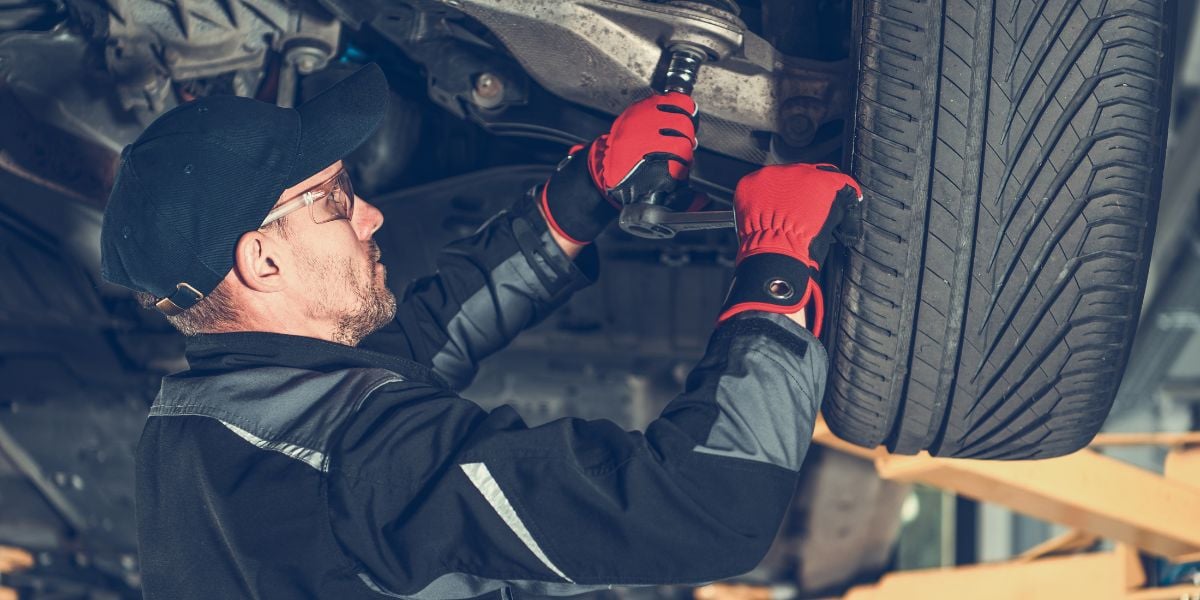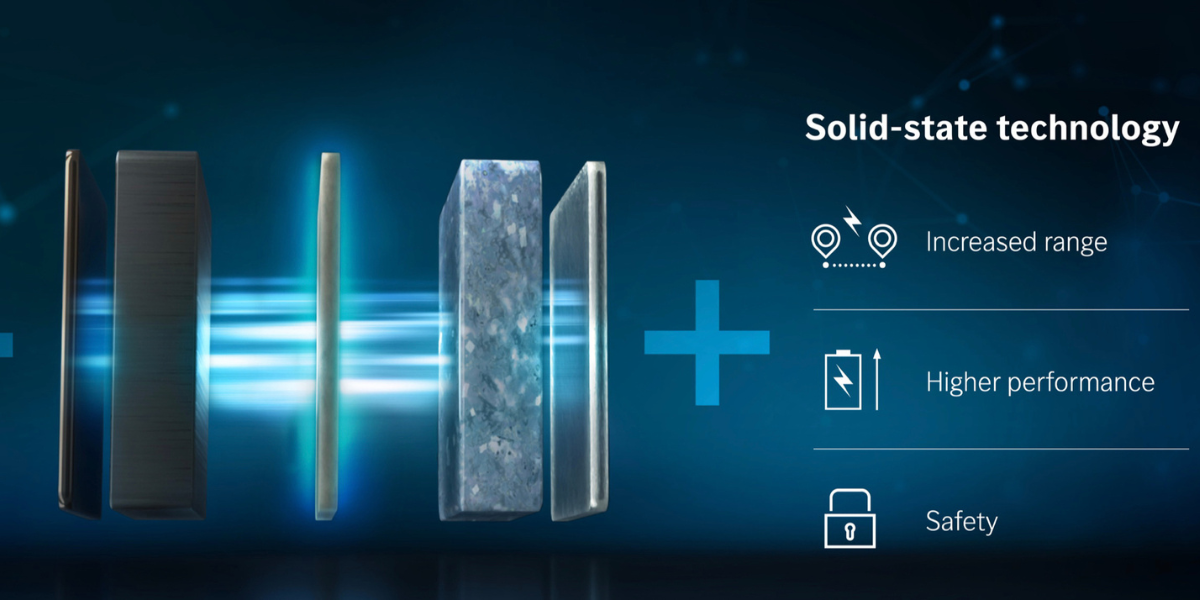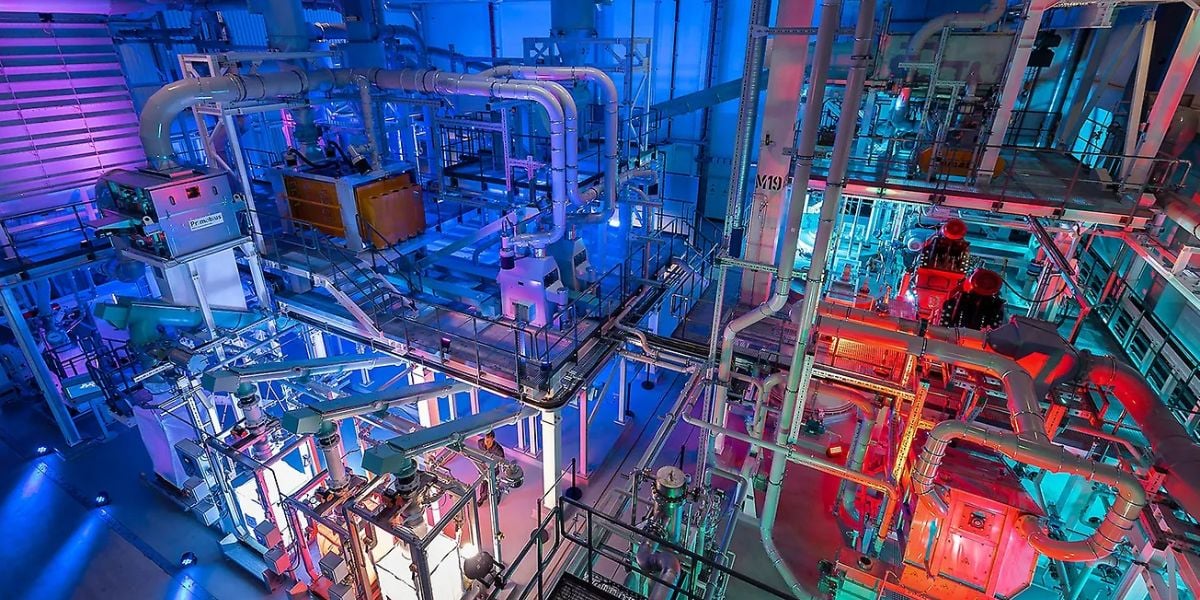What happens when EV batteries run out?
Millions of electric vehicles with large lithium-ion batteries are now being sold around the world. When the cars reach the end of their driving lives, these batteries must be recycled or properly disposed of for reasons of both safety and sustainability. One of the many concerns about electric vehicles is what happens to the battery packs of EVs when they are depleted. What about those who weigh hundreds of pounds? Are they simply disposed of in landfills?
Are EV Batteries Recyclable?
Instead of dumping the batteries, auto recyclers (formerly known as junkyards) send them to specialised companies that dismantle the packs and separate the various materials: wires, circuitry, plastics, and the actual cells. Crushing the cells and circuits separates and purifies the various metals contained within them, including nickel and lithium. Dealerships also dispose of used hybrid packs responsibly, relying on automakers' collection programmes, which send these batteries to the same recyclers for the same dismantling procedures.
Certain parts are straightforward: steel, copper, and aluminium scrap metal typically enter the national metals-recycling stream. Although the plastics are not recyclable, they account for a small portion of the total weight of an EV battery pack. The EV battery recycling business, like all other forms of recycling, will be driven by which materials are most profitable to salvage. Metals such as nickel and cobalt are frequently used in lithium-ion batteries. These materials are expensive and are frequently mined in low-income countries under difficult conditions.
Saving nickel and cobalt from old batteries could reduce the amount of nickel and cobalt that needs to be mined, particularly if recyclers deliver on claims that more than 95 percent of these materials can be salvaged. However, as the world shifts from gas-powered to electric vehicles, the demand for these materials will far outstrip the supply from recycling, necessitating the continued use of mining metals such as cobalt. Metals such as steel and aluminium, which make up much of a car's body, are typically recycled at the end of a vehicle's service life, and this is true across many industries, including the automotive industry.
Used EV Batteries Get a Second Chance
When an EV battery pack has less than 70 to 75 percent of its original capacity, it is assumed to be at the end of its life. This goal may take ten years or more to achieve. Even if a quarter or more of their peak capacity has been lost, ageing battery packs still provide ample energy storage—20-to-90 kilowatt-hours, or up to three days' worth of electricity for the average American home. It's long been assumed that a thriving "second use" industry would emerge to buy and repurpose used packs, extending their lives by 10 years or more. However, this has not occurred on any scale. Yes, automakers installed early demonstration projects, and some energy-storage installations are now operational in various countries, but potential customers for on-site energy storage still prefer fresh new cells over a motley array of used BEV packs with unknown usage and duty cycles (basically, the wear and tear of driving). The reuse challenge is particularly difficult because new cells are now dramatically cheaper, to the point where there is no clear business model in purchasing, transporting, repurposing, and reselling used cells from older battery packs.
Recycling EV Batteries in the Future
The valuable metals contained within used battery packs will almost certainly prevent them from being discarded. These metals include lithium, nickel, cobalt, manganese, and aluminium. Battery demand is currently increasing as the world's largest car markets—China, North America, and Europe—continue to transition to EVs. And new mining takes a long time to establish, especially in countries with strict environmental regulations.
Unlike liquid hydrocarbons, which lose their energy content when burned as petrol, an atom of cobalt remains an atom of cobalt regardless of how many batteries it has been in. As a result, end-of-life EV batteries provide a future source of those valuable metals, which have already been extracted from the ground and neatly packaged in a box. Yes, as previously stated, the battery pack and its cells and modules must be separated and ground up, as well as their useful metals separated from their plastic waste, but battery metals recycled here now have a significant advantage that newly mined cobalt or nickel may not: they are already located in North America.
President Biden's Inflation Reduction Act includes massive subsidies for battery production in the United States through the 2030s. The Inflation Reduction Act's EV purchase incentives apply only to vehicles whose battery minerals come from a list of countries that notably excludes China, which currently supplies the majority of the world's EV battery metals. While the metals in an EV battery were originally mined in China, once a US recycler separates the cells back into their component metals, that "new" lithium or nickel is now considered to be from the US. So, don't be concerned about disposing of your EV's battery pack when it reaches the end of its useful life. It's likely that it'll be carefully collected and disassembled into its constituent parts, after which its basic components will be recycled into new batteries—perhaps for your next EV. Many electric car batteries may be reused rather than recycled. Although an older EV battery may no longer be suitable for long-distance driving, it may still have sufficient storage capacity to find a second life elsewhere. Blocks of old batteries, for example, could be used to relieve strain on the power grid by providing backup electricity when it is most needed.
EV batteries are very hard to recycle, but some of their components, especially nickel and cobalt, are valuable enough to repay the investment.
Share your remanufacturing stories with us
Do you have an innovation, research results or an other interesting topic you would like to share with the remanufacturing industry? The Rematec website and social media channels are a great platform to showcase your stories!
Please contact our Brand Marketing Manager.
Are you an Rematec exhibitor?
Make sure you add your latest press releases to your Company Profile in the Exhibitor Portal for free exposure.



